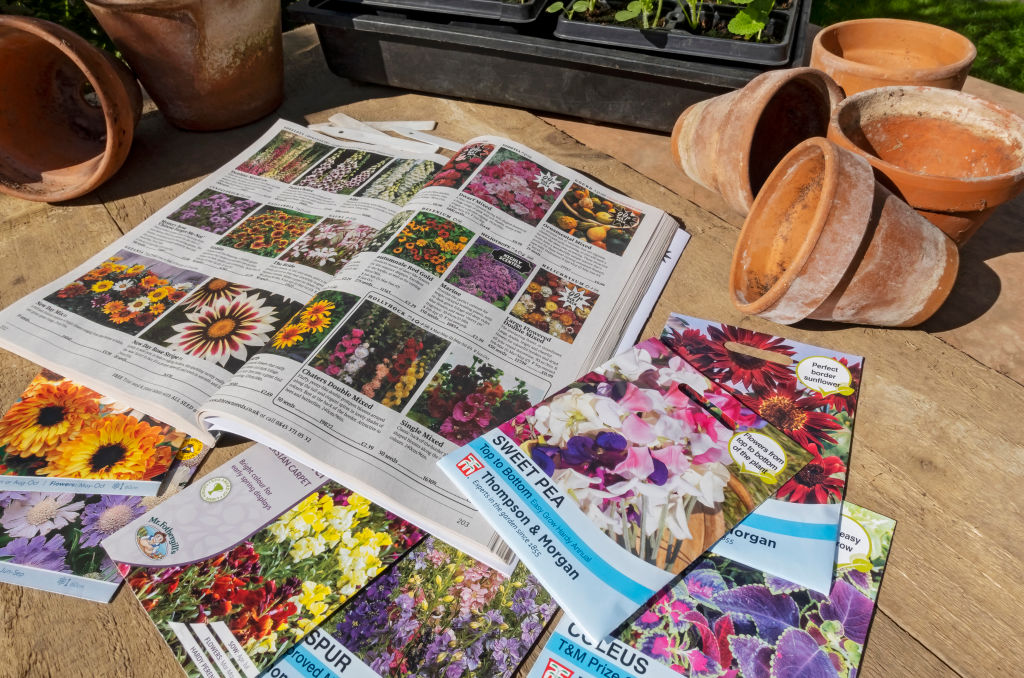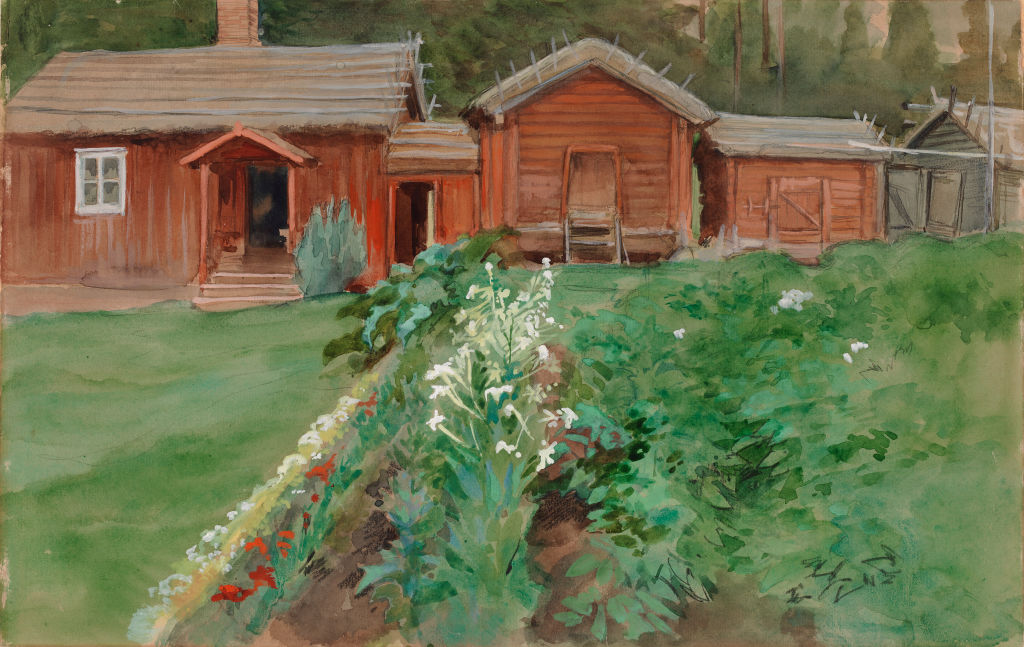Winter’s bleakest days have set in. “The holidays” are a distant memory. Rose-colored resolutions to wake up earlier, eat healthier and exercise have gone the way of Dry January — all a wash, as you quickly discovered the only antidote for your Seasonal Affective Disorder was something equally cold and dark.
You glimpse the N/A beers in the back of the fridge the same way you spy the sun — in passing, and with a feeling of faded hopefulness. As you lug bags of empty bottles to your sidewalk, you glance up at the brightish blob lending a hazy glow to the grayscale landscape. You deposit your clanging bag of glass and cans beside your Christmas tree’s corpse and shuffle back inside to refill the fridge and cover up reminders of your dalliance with the sober-curious.
And then, one day, just when you think the harshest time of year has finally broken you, the mailman delivers a pile so rejuvenating, Joel Osteen himself might as well have landed on your doorstep with arms outstretched in healing
You attack the stack. Burpee, yes, old reliable. R.H. Shumway’s, wonderfully distinct. “Territorial?” You’re new. Ah-ha! There you are, John Scheepers, my dear old friend! How long has it been? Ten months? A year? I could just kiss you!
I’m talking about seed catalogs. And if you think my reaction to their reception is out of proportion, then you clearly haven’t weathered a northeastern winter. The gloom and doom is real, and colorful seed catalogs produce volumes of sun-drenched joy for the Vitamin D-deprived.
There are many reasons to love seed catalogs, the first being how they arrive out of the blue (or, in Pennsylvania’s case, the gray) and all at once. I don’t know if there’s a law as to when the first seed catalog may be dropped in the post, but this year, we got four in one day.
Another thing to appreciate about seed catalogs is how they set themselves apart. You’d think there’d be pretty much one way to peddle a Brandywine Pink Heirloom tomato by now. You’d be wrong.
The W. Atlee Burpee Seed Company, for instance, puts out a glossy catalog that looks as if a team of slick New York advertising execs made it. The photos remind me of a Burger King commercial that shows a tomato bounce and shed water droplets in slow motion onto a wooden cutting board, where it’s sliced until its perfectly symmetrical, succulent insides flaunt themselves. Burpee is like that. And as they’ve been around since 1876 and invented iceberg lettuce, they have every right to market their products professionally.
R.H. Shumway’s self-described “old-time catalog” couldn’t be more different. Though also a veteran company — it was founded in 1870 by Roland H. Shumway, a botanist and Civil War soldier known as “the Pioneer Seedsman” — Shumway’s has not used the intervening years to modernize its mail-order seed catalog. With humorous illustrations and stylized, throwback lettering, it looks and reads like a vintage Barnum & Bailey poster, and some of the produce does sound fit for a circus freakshow: there are “Sweet Goliath Hybrid” and “Chinese Giant” peppers, the “Mammoth Sugar Snow Pea” and the “Bohemian Horseradish.”
Shumway’s delights in its playful approach, recalling an era when people had to make a real effort to convince you to buy things. Tell me “Fancy Pickles,” “Lazy Housewife” string beans, the “Old Homestead Kentucky Wonder Pole Bean” or the “Box Car Willie” tomato are items you can live without!
But then there’s John Scheepers. Interspersed among informative blurbs written in a warm, familiar way are “elegant and detailed botanical drawings” (as they’re described in the catalog’s introduction) that also appear on the seed packets themselves. Bright, delicate wildflowers bloom on the top of one page, a cute little toad rests down below, here flits a copper-colored butterfly and there a golden honeybee. You almost feel as if you’re in the garden already.
The charm of the Scheepers’s whimsical catalog is unmatched, and it’s clear those carrying on John Theodore Scheepers’s legacy do so devotedly. Scheepers, a Dutch immigrant, started his company in the 1920s as a flower-bulb exporting business, According to the Scheepers’s website, “the Beauty from Bulbs catalog was published as a hard-cover book with beautiful watercolor illustrations, effusive romantic poetry about the beauty of flowers and the importance of gardens in one’s life.”
My mother and I have a method for choosing seeds. She sets aside the catalogs, and when we have amassed a nice collection, we sit down and leaf through them, jotting down the varieties that intrigue us. I am drawn to multi-colored blends — “kaleidoscope” carrots that sprout in ruby red and dark orange and bright mustard yellow colors, “shooting star” eggplants with showy white stripes, and sugar magnolia peas whose plum-colored pods make the lime green peas inside pop!
No matter the catalog, almost all the seeds are billed as “versatile,” “of the best quality,” “heavy-yielding,” and the vegetables as “delectably sweet,” “disease-resistant” and “of the best flavor.” While Mama and I wait to see if the seeds blossom forth truth to these claims (and if our gardening skills are any good), we will revel in the cheery promise of spring bestowed upon us by our eclectic seed catalogs.
This article was originally published in The Spectator’s March 2023 World edition.

























